Blechdosen haben...
How to choose food packaging box materials
Food packaging materials: refer to metal, paper, bamboo, wood, ceramic, plastic, rubber, natural fiber, chemical fiber, glass and other products used for packaging and holding food or food additives and materials that directly contact food or food additives. How to select suitable materials from a large number of packaging materials for different foods, packaging designs, and packaging processes has become the most concerned issue of packaging manufacturers.

The main function of food packaging is to use the packaging to reflect the characteristics, performance, and image of the food, which is the external image, form and means of expression of the food. The external requirement is the visual performance of food, which is realized through corresponding technology, mainly including safety, promotion, convenience and identification. The internal requirements of food packaging refer to the technical requirements related to ensuring that the food maintains its quality in the corresponding packaging, including packaging strength, barrier properties, respiration strength, heat resistance, and light protection. It is the internal food to maintain its own quality. Requests made in the packaging.

In addition, food packaging needs to consider the shelf life of the product. From the perspective of packaged food, it is necessary to consider the composition of the food and the life process during the shelf life, the type of moisture, pH and acid, microorganisms, oxygen content, potential redox reactions, addition of preservatives, and interaction with the package. Role and other factors. In the subsequent processing of food, it is necessary to consider the environmental conditions such as the food processing process, the temperature, humidity, and light in the storage and sales process, as well as consumer processing methods.
Generally speaking, the selection of food packaging materials follows the following principles.
(1) Correspondence principle
Since food has high, medium and low grades according to its scope and location, different grades of food will choose different grades of materials or designs for packaging, which is the principle of correspondence in the selection of food packaging materials.
(2) The principle of applicability
Because of the different varieties and characteristics of different foods, the protective functions that need to be achieved are also different. When selecting packaging materials, it must be ensured that they are suitable for different characteristics of different foods and different circulation conditions in the circulation links. For example, the packaging materials of puffed foods require high airtightness, and the packaging of poultry and eggs needs to be shock-absorbing and suitable for transportation. For example, the packaging of high-temperature sterilized foods needs to use high-temperature resistant metal materials, and low-temperature refrigerated foods should use low-temperature resistant packaging materials. That is to say, when choosing packaging materials, the characteristics of food, climatic (environmental) conditions, transfer methods and links (including circulation) must be considered comprehensively. During the packaging operation, it is necessary to understand the possibility of the migration of additives and other components in the packaging material to the food, and the penetration and adsorption of certain components in the food into the packaging material. The characteristics of food require moisture, pressure, light, odor, mildew, etc. The climatic environmental conditions include temperature, humidity, temperature difference, humidity difference, air pressure, gas composition in the air, etc.; circulation factors include transportation distance, Transportation methods (people, cars, ships, airplanes, etc.) and road conditions, etc. In addition, different countries, different ethnic groups, and different regions have different requirements for packaging to adapt to the market and customer acceptance.
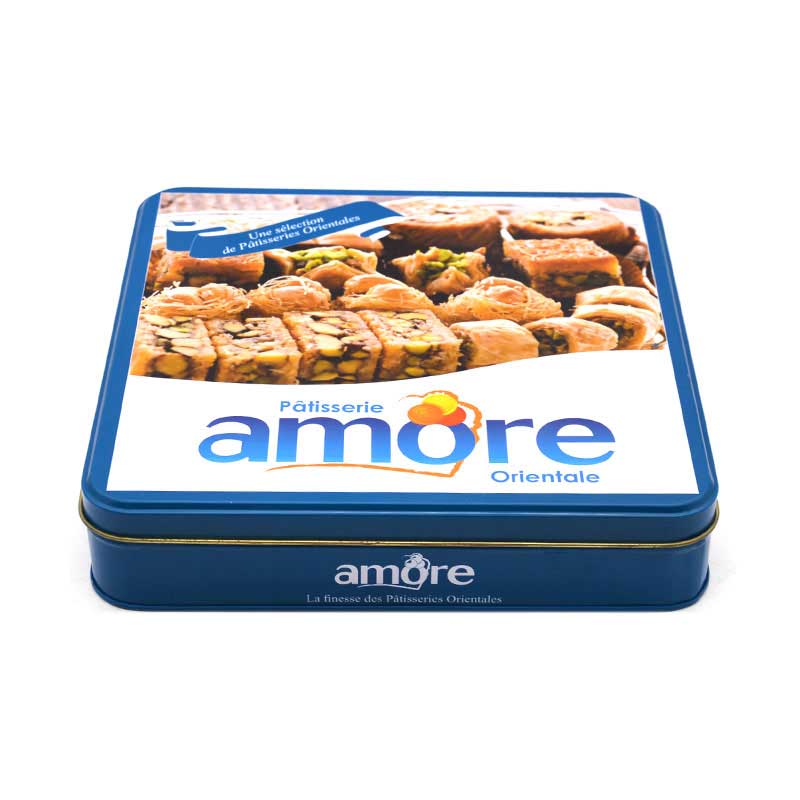
(3) Economic principles
Food packaging materials should also consider their own economics. After considering the characteristics, quality and grade of the food to be packaged, the design, production and advertising are considered comprehensively to produce, and strive to achieve the lowest cost. The cost of food packaging materials is not only related to its market procurement costs, but also related to processing costs and circulation costs. Therefore, when selecting materials for packaging design, various factors should be considered comprehensively to select the most suitable materials.
(4) Coordination principle
Food packaging materials play different roles and meanings in different positions of the same kind of food packaging. The product packaging may be divided into inner packaging, middle packaging and outer packaging according to its different positioning. The outer packaging mainly expresses the product image and is placed on the shelf for sale. The inner packaging is the packaging directly in contact with the food, and the packaging between the inner packaging and the outer packaging is the middle packaging. Different packaging of the same food plays different roles, so different packaging categories should also be related to the material. Flexible packaging materials such as plastic soft materials, paper, aluminum foil and composite packaging materials are mostly used for inner packaging; cushioning materials with cushioning characteristics are mostly used for intermediate packaging; outer packaging is selected according to the characteristics of the food, and metal packaging, corrugated paper or cardboard boxes are mostly used In addition, wood, bamboo, rattan and other plastic sheets are also used more. How to match and coordinate the functions of food packaging materials and packaging, and combine them with food characteristics requires a comprehensive analysis to achieve functional requirements and economic costs.
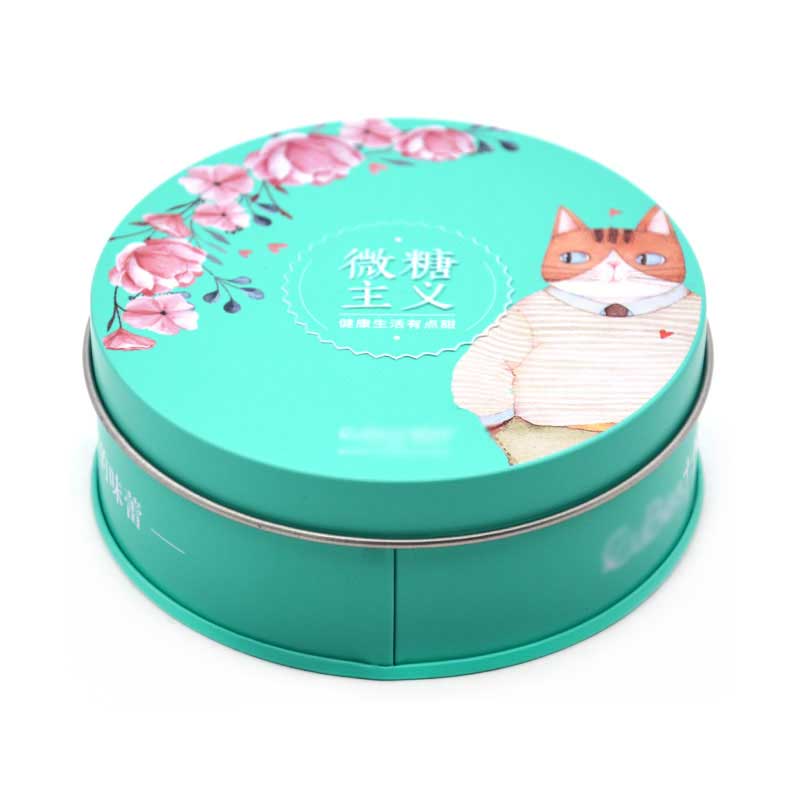
(5) Aesthetic principles
In the selection of food packaging materials, one should consider whether the food packaging designed by using the material can make the product sell well. This is the principle of aesthetics, which is actually the combination of artistry and packaging appearance. The color, texture, transparency, stiffness, surface smoothness, and surface decoration of food packaging materials are all artistic content of packaging materials. The packaging materials that express artistic power are metal, paper, plastic, glass, and ceramics, and the packaging materials that are the most difficult to realize artistic realization are natural wood, bamboo and rattan.
(6) Scientific principles
How to choose food packaging materials scientifically needs to be based on market, function, consumption and other factors. The principle of selection should be based on science and reality, and should be based on processing requirements and processing equipment conditions; based on consumer psychology and market demand characteristics; based on environmental protection requirements; based on price and appropriate functions; based on new technologies and market dynamics; reasonable based on operators and Select materials reasonably according to special requirements of users.
(7) The principle of combining with packaging technology methods
For a given food, after selecting the appropriate packaging materials and containers, the most appropriate packaging technology and methods should also be adopted. The selection of food packaging manufacturing technology is closely related to packaging materials and is also closely related to the market positioning of packaged foods. The same food can often use different packaging techniques to achieve similar packaging functions and effects, but the packaging costs will be different. For example, the packaging of easily oxidized food can be achieved by vacuum packaging, inflatable packaging, or enclosed deoxidizer, but the cost of the latter may be relatively high. Therefore, sometimes in order to achieve the packaging requirements and effects of the design, packaging materials and packaging technology need to be combined.
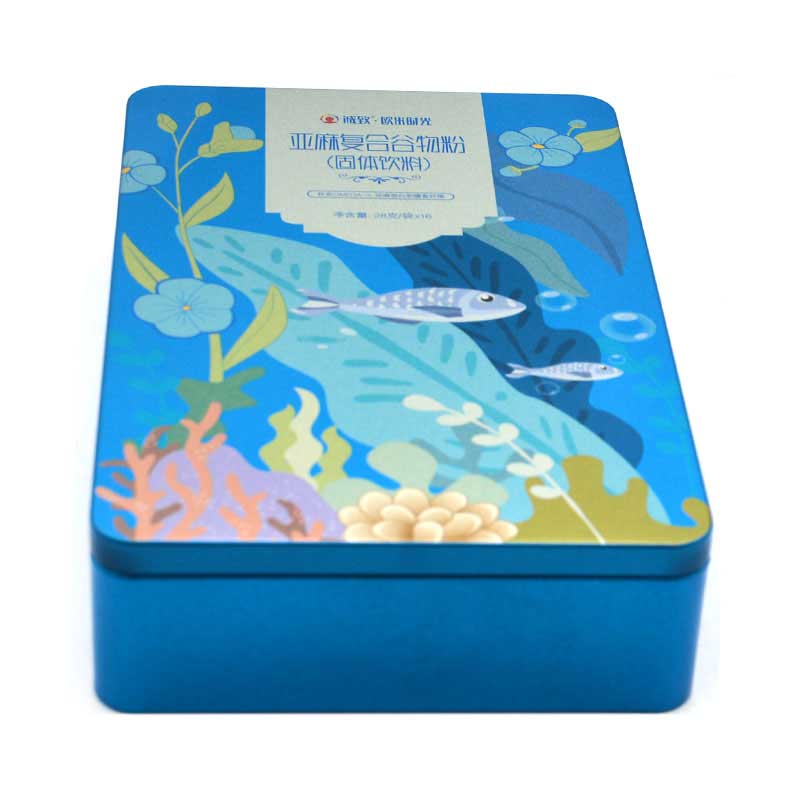
In addition, when actually selecting food packaging materials, you can design and select packaging materials that refer to existing or have been used for food with the same characteristics or close to each other; after comparing the advantages and disadvantages of similar food packaging materials on the market, Choose according to your own needs; determine the types and specifications of packaging materials through trial methods; use a variety of packaging materials for test packaging selection; you can select packaging materials after parameter testing, which requires users to determine the parameters of packaging materials Such as oxygen permeability, water permeability, pressure resistance, tensile resistance, tear resistance, fold resistance, heat resistance, peeling, mildew resistance and other parameters have a full understanding, but also need to be packaged drop, pressure, vibration, impact resistance Learn about the parameters in the process of storage and transportation, such as rotation test. Then, users are required to have an understanding of packaging regulations and standards to ensure the smooth progress of packaging raw materials, operations and circulation.
.jpg)
.jpg)

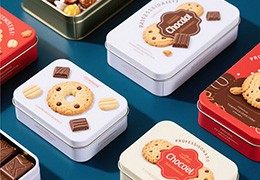
.jpg)
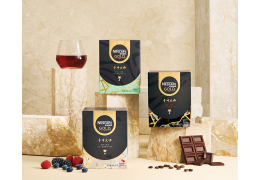
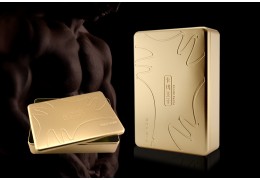
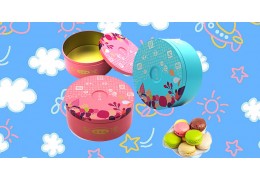

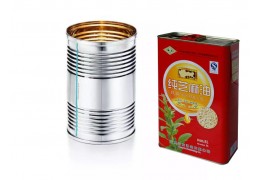
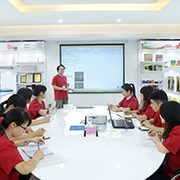
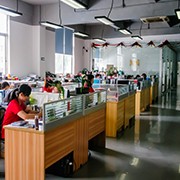

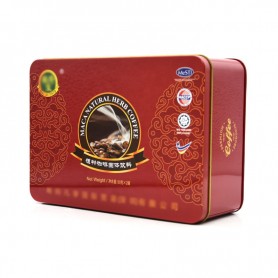
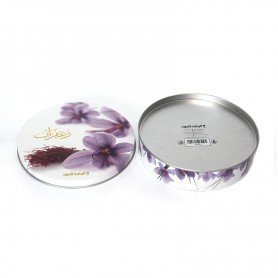

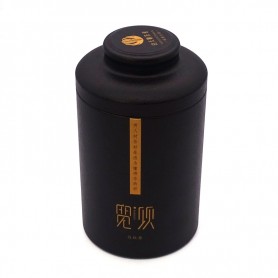

Latest comments